The Milky Way Is Still Growing, Surprising Scientists
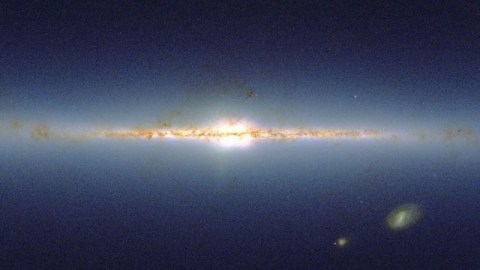
Even with nothing new falling into it, our radius is increasing with every second that goes by.
It’s no big secret that galaxies grow over time. The force of gravity is powerful enough to pull smaller galaxies, gas clouds, and star clusters into larger ones, even over distances of millions of light years. Our own Milky Way has likely devoured hundreds of smaller galaxies over its lifetime, and continues to absorb the dwarf satellites which surround us. But there’s a steadier, more subtle way that galaxies grow: by continuing to form stars from the gas already inside. While most of the stars that form will do so in the plane or central bulge of a spiral galaxy like our own, a new study has shown that galaxies also grow outward over time, meaning that their physical extent increases in space. The implication is that our own galaxy is increasing in size by 500 meters per second: growing by a light year every 600,000 years.
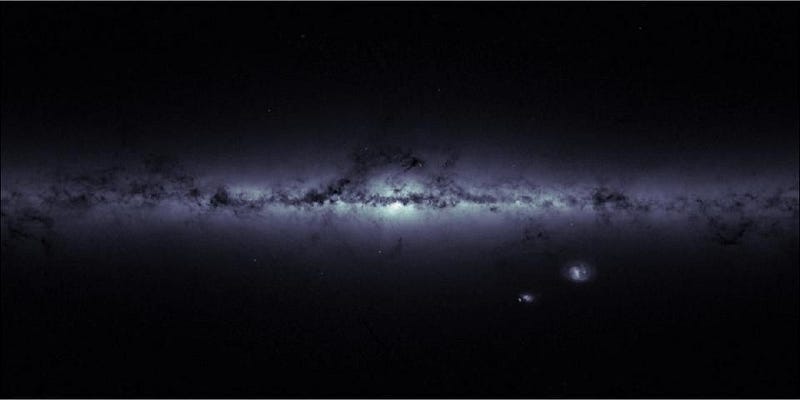
When galaxies form stars, there are usually a few triggers we can identify. They include:
- the slow, monolithic collapse of a cool cloud of gas,
- a nearby supernova, pushing nearby gas clouds to greater densities,
- or a gravitational interaction with a nearby mass.
Galaxies that interact with one another usually have large star-formation rates, while an isolated galaxy like our Milky Way is relatively quiet.
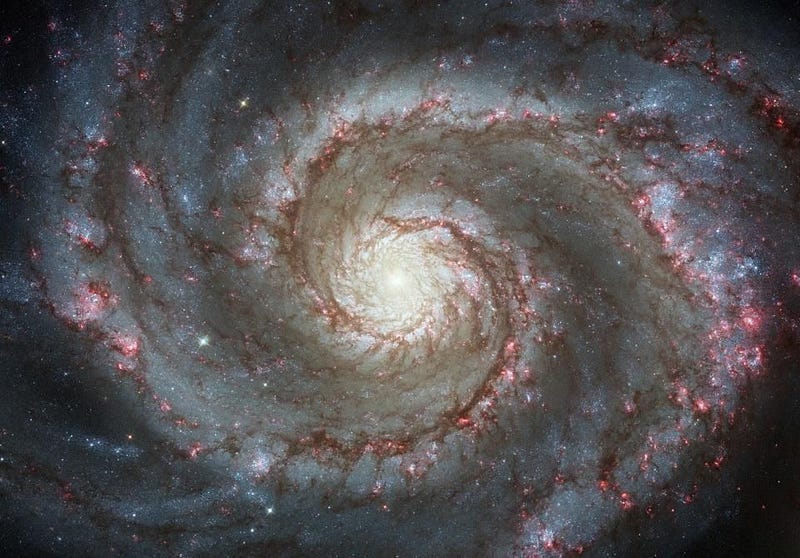
We’re still producing new stars, however. Even though approximately one new Sun’s mass worth of stars forms per year in our galaxy, they mostly occur in dense clouds in the galactic plane or, in smaller extents, in the central bulge. The outskirts of the galaxy, where you’d expect it to grow in physical extent, don’t seem to have very much in the way of star-forming regions. There are a few, small regions seen near the edges, but they’ve largely been ignored due to the low density of new stars they produce. For a long time, this was the default assumption: that galaxies don’t grow in radius unless new matter falls into them. But a new approach has thrown that old way of thinking into serious doubt, implying that Milky Way-like spirals are slowly growing continuously over time.
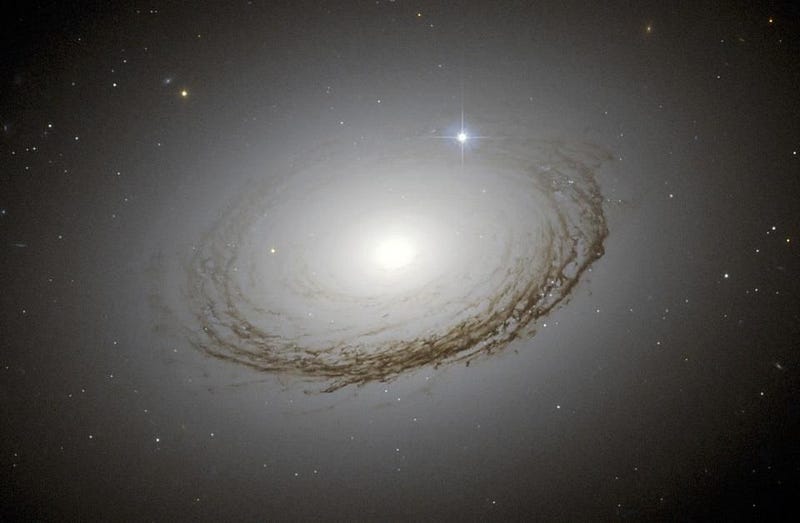
The challenge to the “static Milky Way” picture comes from the research of Cristina Martínez-Lombilla, Ignacio Trujillo Cabrera and Johan H. Knapen of the Instituto de Astrofísica de Canarias. Being within the plane of the Milky Way, it’s very difficult to measure faint objects that are thousands of light years away if they’re also in the galactic plane; there’s too much light-blocking dust in the way. Instead, the team looked at other spiral galaxies that we’ve concluded are similar to our own Milky Way, and specifically looked at the edges of edge-on galaxies.
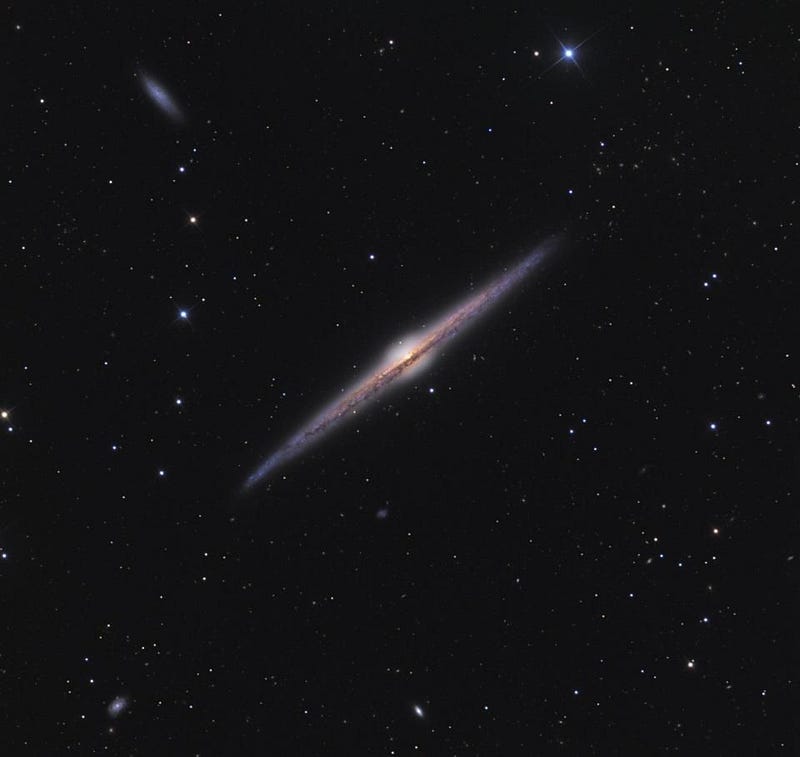
They measured these objects in three different wavelengths of light: optical (with SDSS), ultraviolet (with GALEX), and infrared (with Spitzer), tracking the colors and motions of the stars found at the very outskirts of these galaxies. If you can measure enough of the light originating from the newly formed stars, you can infer not only their radial motion (towards or away from you), but their vertical motion: the motion up-and-down in the disk. It’s this type of motion that allows you to infer migration times, whereby we learn how long it takes stars to move away from their cosmic birthplaces. This last piece of information allowed the team to infer how quickly their host galaxies are growing in size.
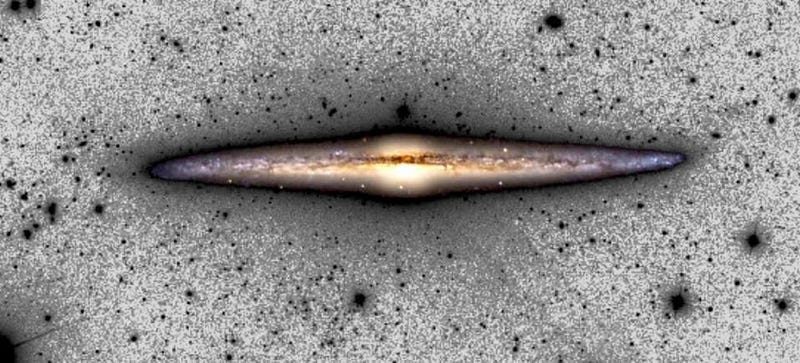
That’s where the Milky Way comes in: by measuring what we can of the star-forming regions near our own galactic edges, we can infer how fast our galaxy is growing. According to Martinez-Lombilla:
The Milky Way is pretty big already. But our work shows that at least the visible part of it is slowly increasing in size, as stars form on the galactic outskirts. It won’t be quick, but if you could travel forward in time and look at the galaxy in 3 billion years’ time it would be about 5% bigger than today.
This means our home galaxy is growing outwards by 500 meters per second: about the physical size of planet Earth every 7 hours. For every 600,000 years that go by, our Milky Way grows in radius by an extra light year.
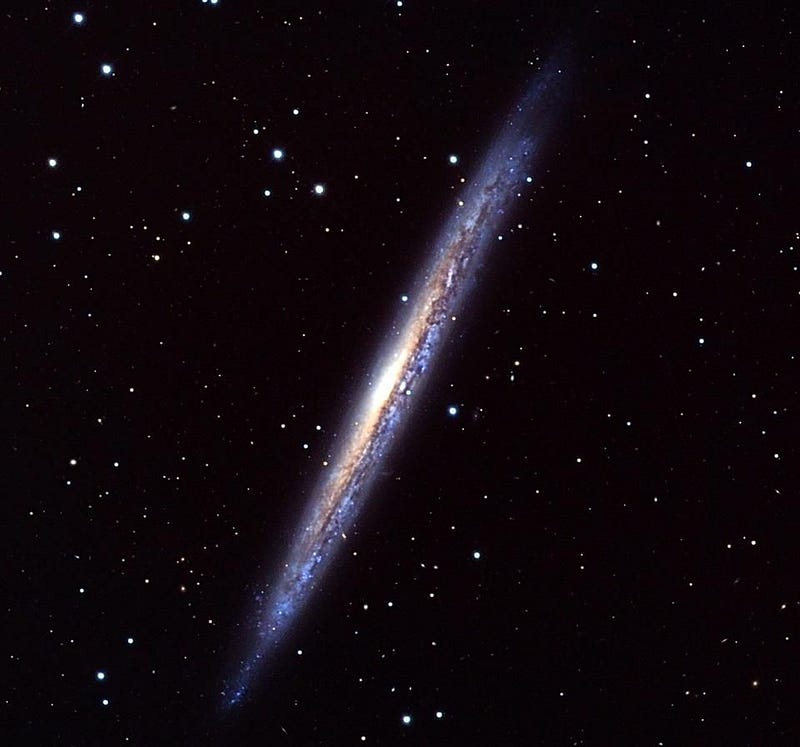
Even though the overwhelming majority of stars that form in a spiral galaxy will be born in the galactic plane, a tiny fraction of them are birthed at its outer limits. These new stars will wind up being distributed in many different directions, some of which will find themselves orbiting at greater distances from the galactic center than any other stars that had ever formed. The effect is subtle and slight, and should continue so long as there’s new gas within the galaxy to continue forming it.
For a galaxy like our Milky Way, this slow growth will continue for a little over 4 billion years, when another effect will suddenly take over and dominate: our upcoming merger with Andromeda.
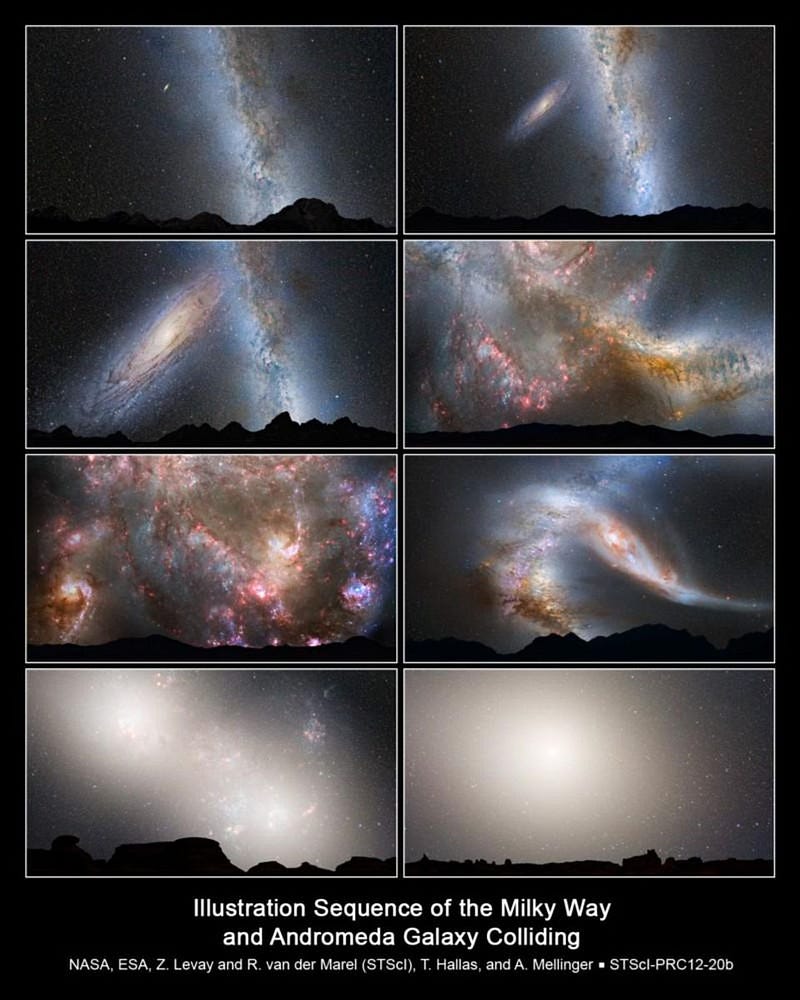
At that time, the luminous extents of both us and our big sister will be around 7% larger in size than they are right now, but the merger will surely change the size and distribution of our stars in dramatic fashion. Other galaxies, however, exist in near-total isolation, with the most extreme example being MCG+01–02–015, which has no other known galaxies in its vicinity for more than 100 million light years in all directions. To the best of our knowledge, it’s the loneliest galaxy in the Universe.
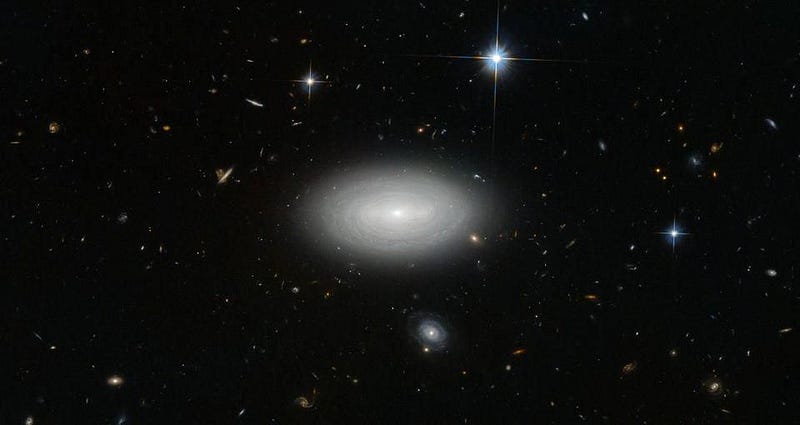
Yet thanks to this new analysis, we now know that even if you leave a galaxy all by its lonesome, it will still continue to grow. While most of that growth will occur on the insides, a small but significant fraction will occur at the edges, causing it to increase in physical extent. By time the Universe is three times as old as it is now, an isolated Milky Way-like galaxy will be twice the diameter it is today, even if nothing else ever falls into it. So long as there’s enough gas inside for a galaxy to keep slowly, steadily churning out stars, it will continue to grow. It may have nothing to do with the expanding Universe, but it’s somehow reassuring to know that even as the distances between them increase, the galaxies themselves will expand all on their own.
Ethan Siegel is the author of Beyond the Galaxy and Treknology. You can pre-order his third book, currently in development: the Encyclopaedia Cosmologica.





